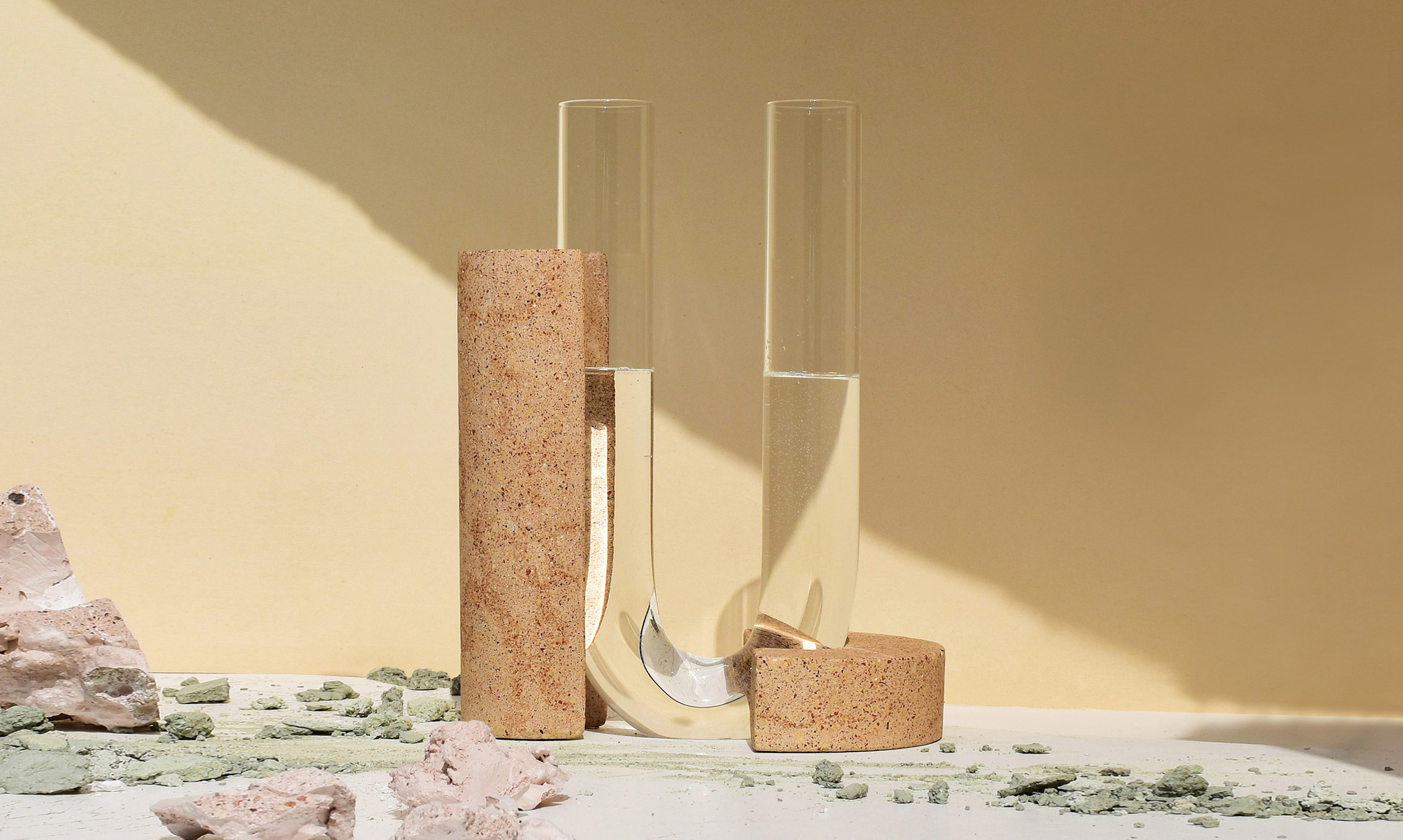- About us
- Company details
COKI is an Italian material-led design practice founded by architect and designer Coki Barbieri.
The studio develops sculptural objects and functional pieces using a proprietary natural composite stone made from Italian mineral aggregates and botanical pigments, entirely cement-free and resin-free. Each work is handcrafted in Italy through slow processes inspired by ancient Roman and medieval stone techniques, combined with contemporary material research.
COKI’s collections include sculptural vases, lamps, and objects designed for contemporary interiors, positioned at the intersection of design, craft, and material innovation. The practice is recognised internationally for its sustainable approach and refined material language.
Year of establishment:
2018
Number of employees:
UP TO 2 EMPLOYEES
Annual turnover:
Under 250.000 Euro
Reference year of turnover:
2019
Export turnover:
Less than 75.000 Euro
Activities:
Glass blowing
Manufacture of statuary, bas- and haut-reliefs, vases, flowerpots
Shaping and finishing of stone and marble
Industrial product and fashion design activities
- Videos
- Catalogue
No videos uploaded
No documents uploaded
- Contact Information
- Business Proposals
Company:
CARLOTTA BARBIERI
Web site:
Address:
VIA CONSOLARE, 148
City:
RIMINI (RN)
Zip Code:
47923
E-commerce:
Social media:
Tag:
No business proposals uploaded
- Map
Cochlea della Consapevolezza, vase

Cochlea della Consapevolezza is one of the signature large pieces from the Cochlea Collection. Inspired by the gentle movement of a land snail, the vase expresses balance and transformation through three separate elements that rest together without glue or permanent fixings.
It is crafted from our natural composite stone, made exclusively from Italian mineral fragments that naturally define its color, and from hand-shaped flame-worked borosilicate glass.
Dimensions: W 24 × D 14 × H 30 cm / W 9.4 × D 5.5 × H 11.8 in
Weight: 2.0 kg / 4.4 lb
Components: three separate elements, no permanent connection
Made to order: 3–4 weeks


